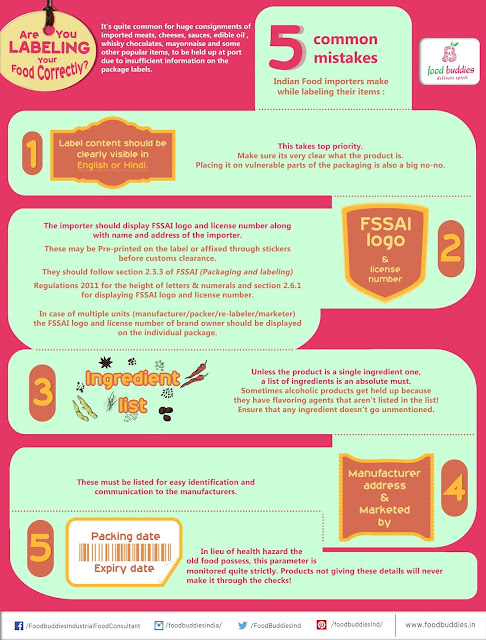Food
that is rich in starch is cooked to a semi solid or solid mass and then
expanded or puffed via extruder to form a snack.It includes several unit
operations like mixing, cooking, kneading, shearing, shaping and forming.
Extrusion in snack foods:
Snacky
foods can be produced by extrusion process in 3 ways
Simply extruded snacks. Majority of the extruded snacks fall under this category. (Eg).Three dimensional animals, cartoon characters.
Directly expanded snacks. This includes corn puffs, onion rings etc. Twin screw extruder is mainly used for the direct extrusion of snack.
Process in which extruded pellets (cereal ground paste) undergo secondary puffing. In the secondary puffing step the product is puffed either through fryer or it is expanded by passing through hot air or microwave oven.
Apart from the above 3 methods, a new booming technology known as co-extrusion is spreading virally all over the world. Co-extrusion obtains a product that combines two different textures (i.e) one material is extruded and continuously filled with another to form a single product. For example, a crispy cereals outer envelope can be co-extruded with a sweet filling. Co-extrusion process uses an auxiliary nozzle setup for injecting the centre filling which is covered by an outer cereal based extruded layer. The centre filling can be cereal based filling, fat based filling or water based filling. Both injection and extrusion will occur simultaneously during co-extrusion process. Co-extrusion being a versatile process, variousimproved centre filled products can be customized by modifying co-extrusion process, some of them are.
- Co-extrusion can be combined with the twin screw extrusion system were the outer cereal layer will be formed with the inner centre filling which can then baked to get crispy snack.
- Credit card, a co-extruded snack which has a thin outer wafer with a centre filling of fruit puree. The fruit puree can be replaced with our desired centre filling.
- C o-extrusion with thin cereal outer layer and thick centre filling can be customized into different shape using systems like pillow cutter, rotary cutter.


